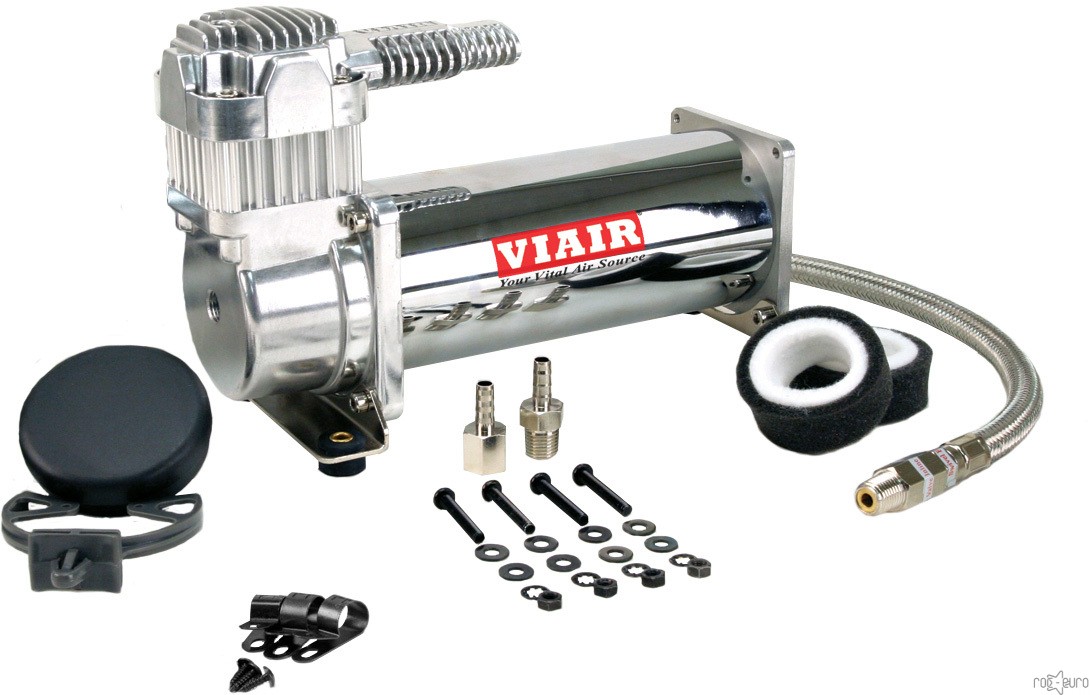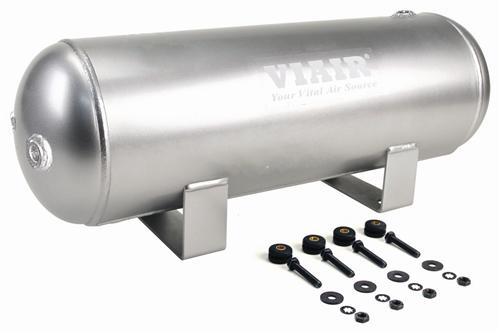One of my favorite features of the GMC is the rear suspension. Since starting my research into buying one I’ve been enamored with the rear suspension design and functionality. When I first got mine I would drive over cattle guards and speed bumps at varying speeds just to see what happens in the suspension. When the whole coach was gutted and the floors were out I even took her for a spin so I could watch the suspension cycle, and believe me it’s even cooler when there’s nothing covering it up!
That being said I wasn’t happy with the adjustment setup in the stock coach. The switches were old and even after being rebuilt didn’t function correctly all the time, the wiring was old and brittle and when I opened up the manifold in the rear it was full of rust from years and years of use and sitting. At this point I decided a full overhaul was in order.
My beloved PO had actually replaced both bags with new back in the early 2000’s when they were still available, and they are still in great shape so I didn’t need to mess with the actual bags. I was more concerned with the compressor and valve system.
When I began to disassemble the old system the old pressure switch literally crumbled in my hands. All the wires broke at the terminals from years of corrosion (and my coach was in really good shape, so check yours!) The stock setup included what appears to be a 1L tank and a manifold. Both were rusted beyond servicing. All new it is!
I decided on ViAir. When I was in the Jeep world I had several that were used HEAVILY (think inflating 4 37″ tires from 5 psi to 35 psi continuously, and that’s just when my buddies didn’t also need to air up) without a hitch, left in the rain, mounted under frames, banged on rocks, the things are workhorses. Viair it is. I decided to go with a 480C, it is continuous duty (meaning you can run it forever and not worry about it overheating and blowing itself up) and it has the best output they make. I may double it up at some point but for now the 480 is working like a champ.
My next decision to make was the tank. Normally a GMC comes with no tank or a tiny tank. Again from the jeep world, it is SO NICE to be able to use air tools on the side of the road, or hook up the hose and inflate tires or blow up intertubes, or basketballs etc etc. A tank makes this a much more pleasant process. I went again to ViAir for a 2.5 gallon tank. A 2.5 gal is not a large tank, but it’s big enough for bursts on the impact and inflating tires, plus it will refill the bags multiple times and much much faster than the compressor alone. The 480C takes ~2 minutes to fill the tank from 0-150psi.
Once all that was decided it was on to mounting. I utilized a metal storage tray that the PO had already installed, it was a bit flimsy so I reinforced it and added a few coats of paint. It was a bit of a bear to get it to all fit but in the end it fits like a glove.
The compressor was mounted very close to the battery (one of my issues with the stock system) to minimize voltage drop. and the valves were mounted in front of the tank. I ran all new air lines with all new solid brass air brake fittings, no leaks!
If anyone is following along here for recommendations here they are:
- Keep the stock system if it works (and works for you)
- Rebuild the dash switches (take them apart, clean, regrease)
- Replace the pressure switch with a new one (the old ones are brittle)
- Replace the 40yr old air compressor with a new one (chances are its output is quite low after 40 yrs of service) There are also rebuild kits available for the stock compressor if you prefer to go that route.
- Check all of your fittings for leaks and replace if needed.
- Rewire the compressor to a relay off the house batteries, minimize the voltage drop from the starter battery and get a better running compressor.
Why didn’t I go with an airlift wireless kit?
Because I put one in my hands and everything about it screamed cheap. I read all the shining reviews from GMC people and was almost convinced, until I read other reviews elsewhere. Sure if it goes bad they will replace it for you, and I’m sure it works for 99% of people. With my luck I’d be in the 1% sitting on the side of the road twiddling my thumbs waiting for a replacement unit to ship from china. I’m building this coach to use, not to tinker with. My minimal vacation time is better spent enjoying the coach than working on it. In short I don’t like failure points. If I see something as likely to be the failure point in my system I’d just assume go ahead and eliminate the failure point now so as not to have to deal with it later.













